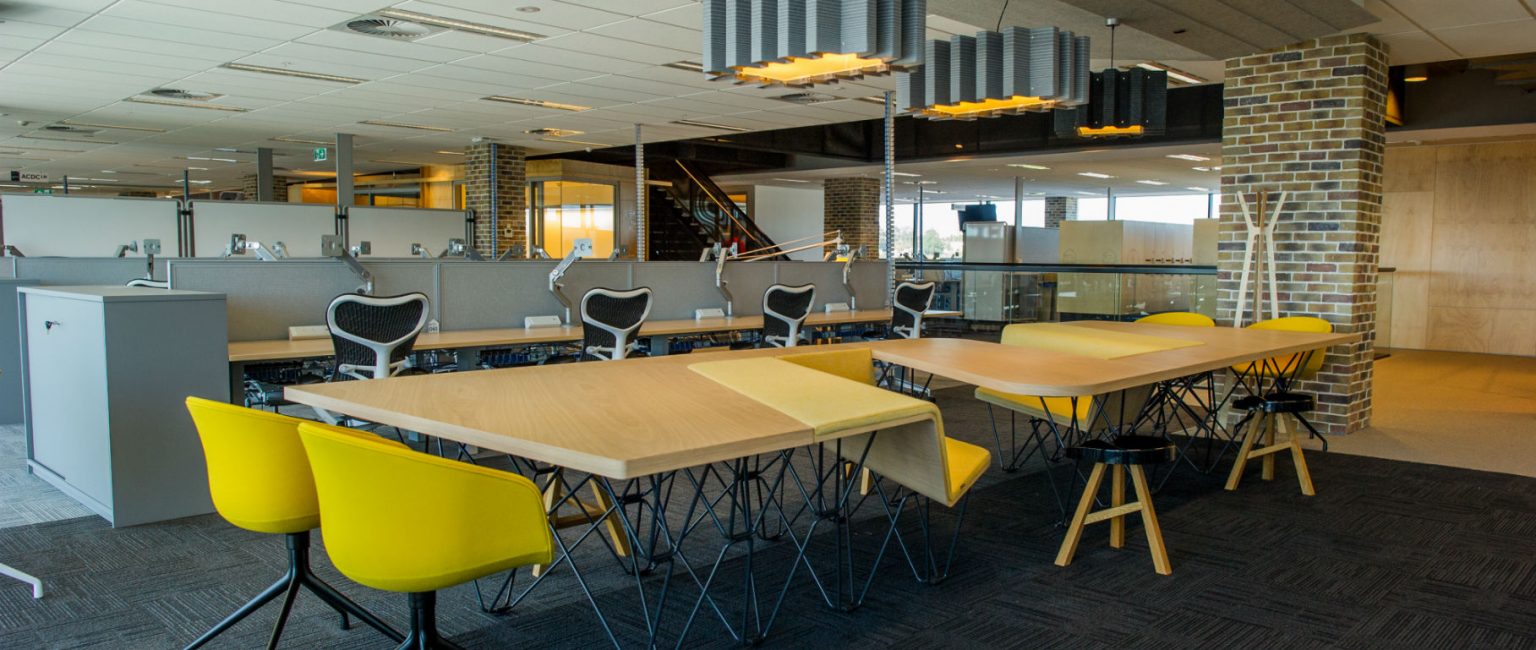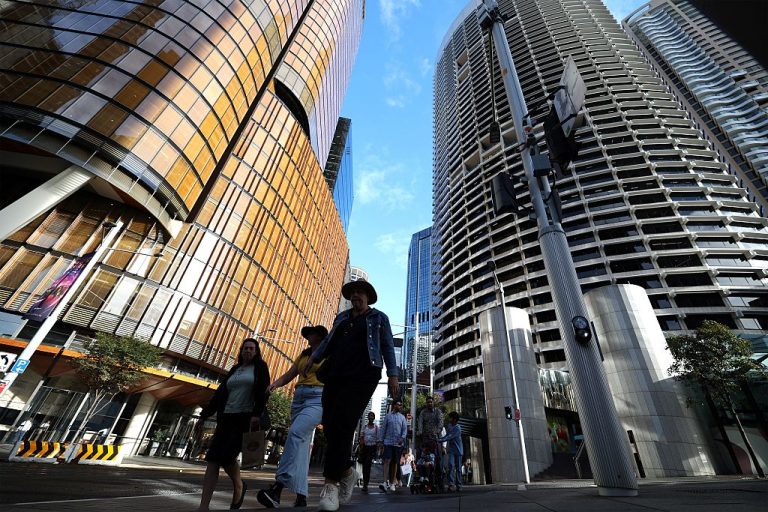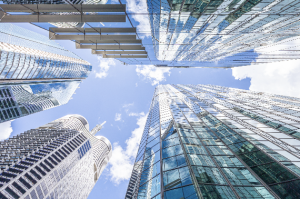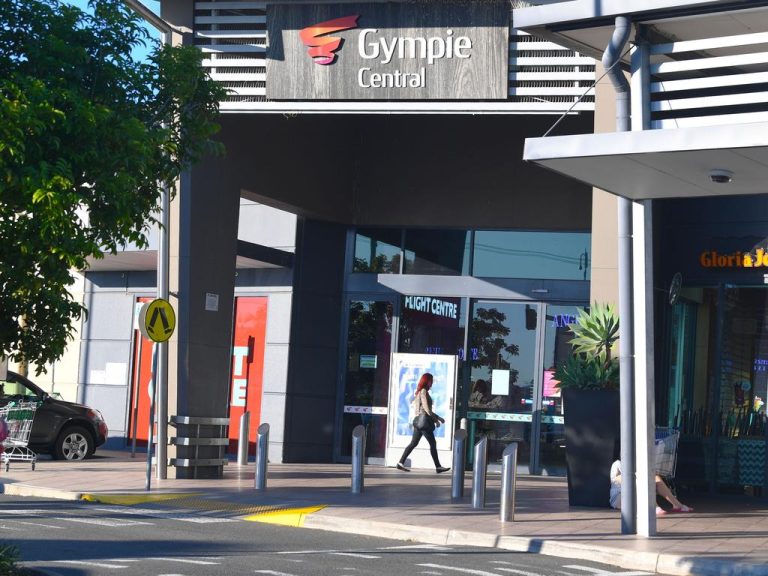Vacant talk in the office market

With vacancy rates and incentives rising, many in the media are calling the office market oversupplied. But that conclusion has been drawn too fast, Paul Thornhill finds.
The office market hit the front page last week as vacancy rates topped 10% across most cities, leaving some commentators wondering if the sector was about to enter bubble territory.
But while rising vacancies, incentives and capital values would seem to imply an imbalance, rents have also been rising, a fact running counter to the notion of an oversupplied market.
Over the past six years, Australia has added 1.7 million sqm of new prime space, a rise of 27% and a healthy indicator following the largest financial meltdown in 60 years.

RealCommercial turned to Tony Crabb, Savills’ National Head of Research, and asked what he had made of reports of problems on the horizon for the office sector.
“I can only say the way most of the media treated the news was sensationalist. Not many countries have seen any expansion in office space but developers here can access finance and get their projects up and running. Occupied space across all grades has expanded by 1 million square metres since the GFC and it’s been a good time for tenants to find new premises,” he said.
“Sure this leaves some backfill on the market, but the rise in vacancies is cyclical and likely to be absorbed over the next 18 months to 2 years.”
But what about the rise in incentives? Doesn’t that indicate some weakness on the landlords’ part? Not really, according to Crabb.
“Australian businesses are now more likely to ask for new fittings as a precondition for signing up to a lease. Landlords are saying, ‘If that’s your condition, I’m happy to oblige’ and then factoring that cost into the rent over the term of the lease.”
International investors are increasingly active and this explains much of the rise in capital values. As one of only 8 nations holding a AAA rating, Australia is seen as a safe and attractive destination.
Crabb also points to falling interest rates for the rise in office sales prices. “The RBA is prodding local investors to take money out of the banks and put it into circulation. Some of that is being invested into hard assets like property and it’s being joined by the super of the 1 million extra staff who have joined the workforce over the last 5 years.”
That doesn’t make every market equally sunny though, as local conditions are making some better than others.
Crabb points to Brisbane where “three large towers are being built, with zero pre-commitments in one case and only 30% – 50% in the others. With few corporates headquartered there, these developments will have to be marketed floor by floor, leaving the market with little capacity to absorb any rent increases.
“In Perth, we see a slowdown in mining projects bringing an overheated market back to a more normal pace.”
For investors, the transition to the non-mining sectors of the economy highlights the prospects for premium rated office buildings in NSW and Victoria.
Melbourne has been the star performer, absorbing nearly half of new premium stock since the GFC, but demand is beginning to slow.
In Sydney, the sheer size of the Barangaroo project promises to inject new supply into a CBD market where constructing new projects is difficult.
For Crabb it’s these two cities which hold the best opportunities.
“If I were investing, I would target a relatively new premium office building in Sydney or Melbourne, with one long term tenant and the rest averaging lease periods of 3-5 years, allowing for rising income.”







